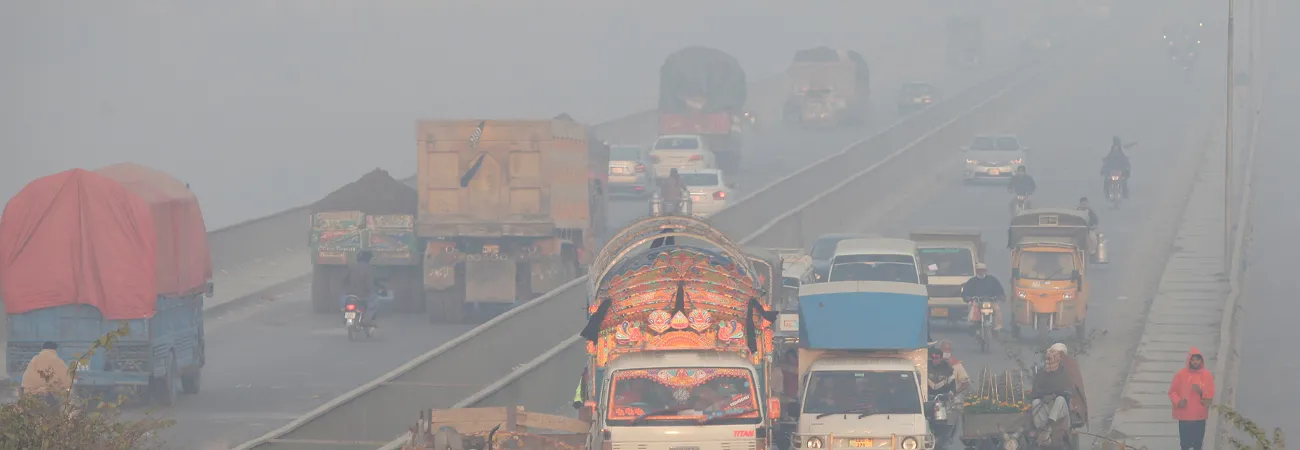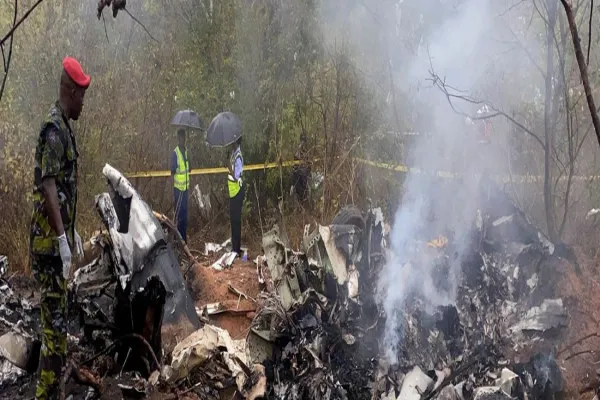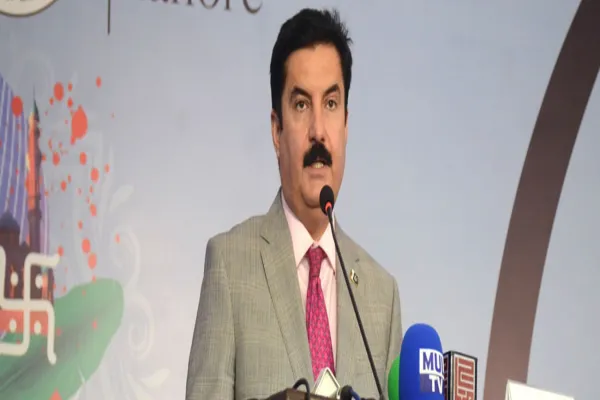i NEWS PAKISTAN
Citizens of Lahore continue to reel under dense smog, driven by worsening air pollution, with the Swiss air quality monitor, IQAir, reporting the city's air quality index (AQI) recorded at 329, "hazardous" at around 9am. The metropolis's AQI had shot up to as high as 424 earlier in the morning, with the level of deadly particulate matter (PM2.5) pollutants, the fine particulate matter in the air that causes the most damage to health, reaching 287 µg/m³.
The Punjab's capital is not the only city on the list as the country's financial hub, Karachi, ranked third with an AQI of 174, which is termed "unhealthy". Meanwhile, India's capital, New Delhi, was ranked as the second most polluted city with an AQI of 276, which is termed "very unhealthy". The severe air quality coincides with the onset of winter, when cooler temperatures, stagnant winds, and emissions from vehicles, factories and crop burning trap pollutants close to the ground across Punjab.
Every winter, much of South Asia experiences a surge in pollution as cold air traps fine particles near the surface. Emissions from transport, factories, construction dust and crop residue burning all contribute to the dense smog that lingers for weeks. Health experts warn that prolonged exposure to such high pollution levels can lead to severe health issues, including stroke, heart disease, lung cancer and chronic respiratory illnesses — a growing concern for millions across South Asia.
Credit: Independent News Pakistan (INP)








